The world of collage art thrives on the interplay of borrowed imagery and transformative creativity, yet beneath its vibrant surface lurk legal pitfalls that can ensnare even seasoned artists. As digital tools democratize the remix culture, understanding copyright's invisible boundaries becomes not just prudent but essential for anyone working with pre-existing visual materials.
Collage's inherent tension with copyright law stems from its very nature - the act of appropriating and recontextualizing others' creative work. While many collage artists operate under the assumption that altering an image sufficiently or using small portions makes their work legally defensible, these notions often crumble under legal scrutiny. The truth is more nuanced, with factors like the purpose of use, amount taken, and market effect carrying more weight than simple percentage calculations.
Recent high-profile lawsuits have demonstrated how even successful artists can face devastating consequences for copyright missteps. The art world still talks about the case where a prominent collage artist had to destroy entire editions of work and pay substantial damages after using copyrighted photographs without permission. Such precedents create chilling effects but also serve as valuable lessons about respecting intellectual property while maintaining creative freedom.
Fair use remains the most misunderstood concept in collage practice. Many creators mistakenly believe that non-commercial use automatically qualifies as fair use or that giving credit eliminates copyright concerns. In reality, fair use analysis involves complex balancing of four factors: purpose and character of use, nature of the copyrighted work, amount used, and effect on the work's market. Educational or parody works often receive more leeway, but there are no bright-line rules.
The rise of Creative Commons licenses has provided collage artists with clearer paths to legal material usage. Platforms like Flickr and Wikimedia Commons host millions of images available under various CC licenses, ranging from fully open public domain dedications to more restrictive variants requiring attribution or prohibiting commercial use. Savvy collage makers increasingly build personal archives of CC-licensed materials to streamline their creative process while minimizing legal risk.
Public domain works offer another rich resource, though determining public domain status requires careful research. As copyright terms vary by country and creation date, an image free to use in Europe might still be protected in the United States. The year 2024 saw several important artworks enter the public domain in many jurisdictions, creating new opportunities for collage artists to work with culturally significant material without legal constraints.
Transformative use represents the holy grail for collage artists seeking to navigate copyright waters safely. When appropriated elements become raw material for entirely new meaning and message, courts have often sided with the secondary creator. However, transformation requires more than superficial changes - the new work must fundamentally alter the original's purpose, character, or aesthetic. This distinction separates protected commentary from infringing copying.
Commercial considerations inevitably heighten legal risks. Gallery exhibitions, print sales, and commissioned work all increase scrutiny compared to private experimentation. Many professional collage artists develop strategies like maintaining meticulous records of source materials, obtaining permissions for recognizable elements, or creating original photographic bases for their compositions. Some establish relationships with living photographers to license images directly, turning potential legal vulnerabilities into collaborative opportunities.
The digital environment complicates matters further. Reverse image search technology means even heavily altered elements can be traced back to their sources with alarming ease. Rights holders increasingly employ automated systems to scan for unauthorized use across the internet. While this creates anxiety for some artists, others see it as motivation to develop more original approaches to sourcing and combining imagery.
Emerging solutions include hybrid approaches that combine limited licensed elements with original photography and public domain materials. Some artists use copyright-expired books and magazines as physical source material, then digitally manipulate the scanned pages to create entirely new contexts. Others focus on working with contemporary photographers who actively want their work reinterpreted through collage.
Legal education remains the collage community's greatest need. As copyright laws evolve slowly compared to artistic practice, misinformation spreads rapidly in online forums and art schools. Professional organizations have begun offering clearer guidelines, and some universities now include copyright modules in fine arts curricula. The most legally savvy collage artists treat copyright not as a creative limitation but as a framework that shapes their material choices and working methods.
Looking ahead, the collage field appears poised for more sophisticated engagement with copyright issues. Some predict increased use of blockchain technology for tracking image provenance and permissions. Others anticipate growth in artist collectives that pool resources to license image banks for members. What remains certain is that as collage continues its art world resurgence, legal awareness will increasingly separate sustainable practices from risky ones.
The most successful collage artists of tomorrow will likely be those who master both aesthetic innovation and copyright navigation. They'll understand that legal protection ultimately complements rather than contradicts artistic freedom, allowing for bold creative expression within understood boundaries. In this evolving landscape, knowledge truly becomes as vital a tool as scissors or Photoshop.

By /Jul 17, 2025
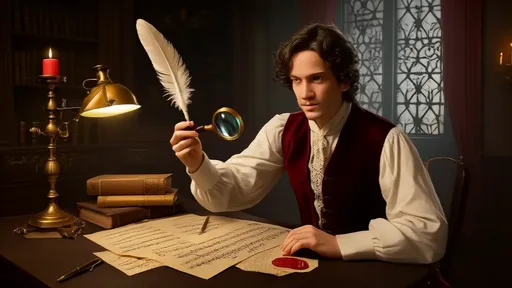
By /Jul 17, 2025
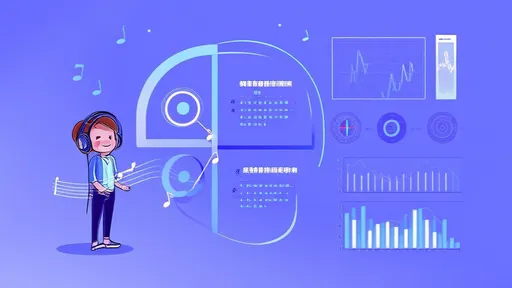
By /Jul 17, 2025
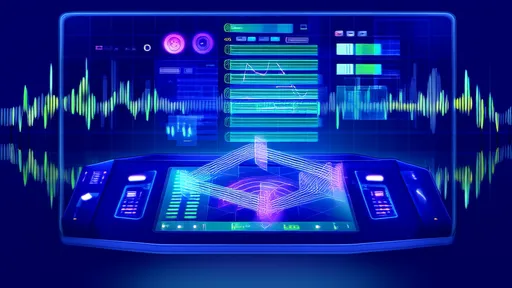
By /Jul 17, 2025
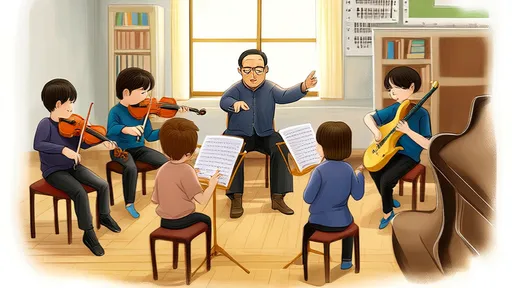
By /Jul 17, 2025

By /Jul 17, 2025
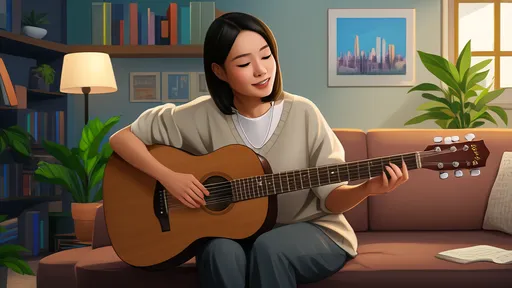
By /Jul 17, 2025

By /Jul 17, 2025
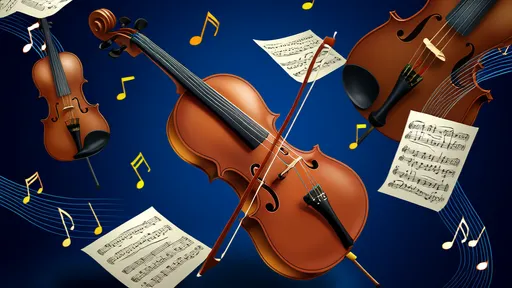
By /Jul 17, 2025
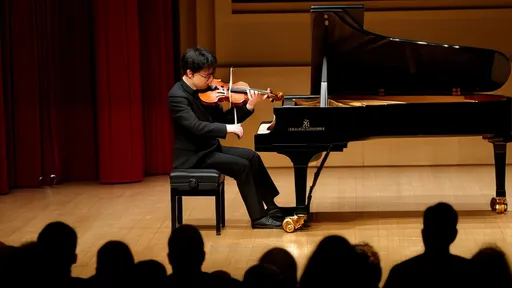
By /Jul 17, 2025
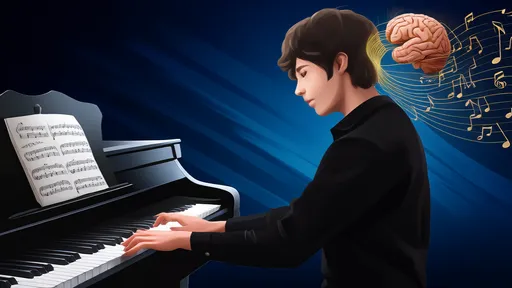
By /Jul 17, 2025
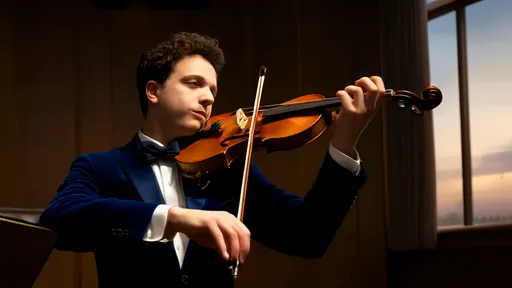
By /Jul 17, 2025

By /Jul 17, 2025

By /Jul 17, 2025

By /Jul 17, 2025

By /Jul 17, 2025
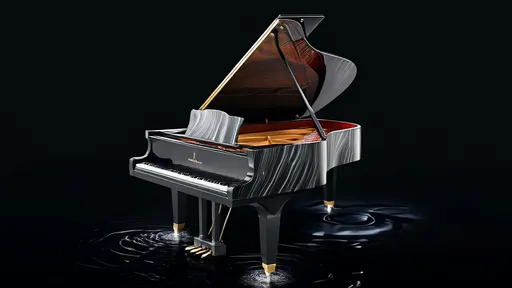
By /Jul 17, 2025
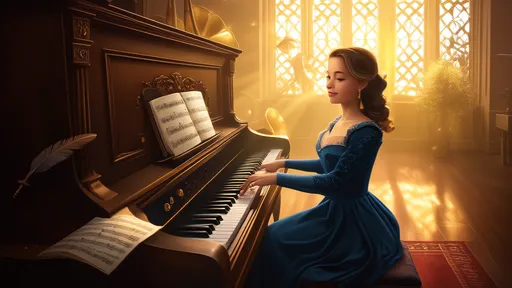
By /Jul 17, 2025